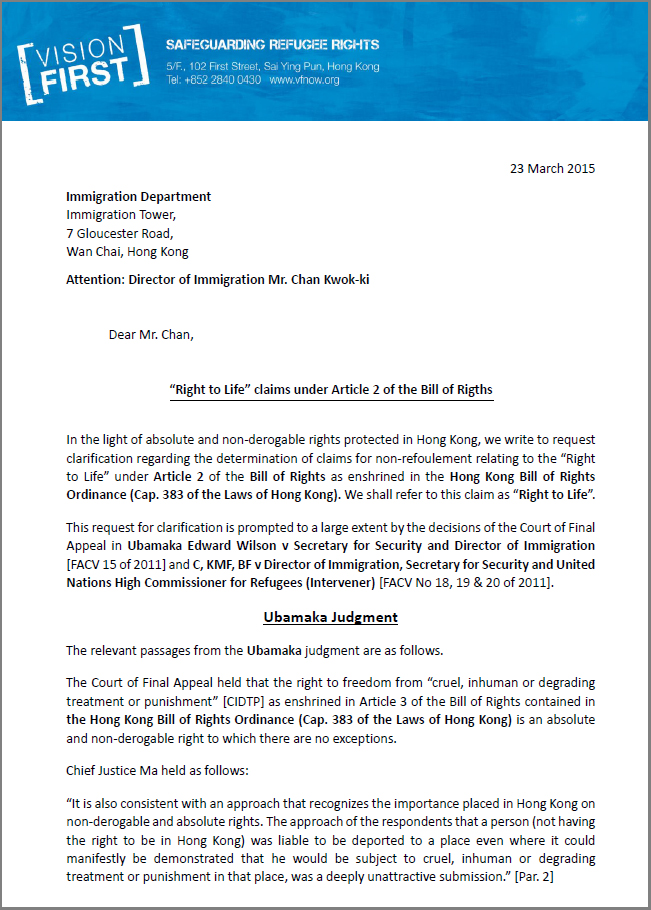Halimeda: The Cactus Algae by Kirby Adams - Reefkeeping.com.
Watercress alga Halimeda opuntia (Linnaeus) Lamouroux, 1812 Description: Thick, profusely branched clumps of rounded three-lobed or ribbed leaf-like segments, between 10 and 25 cm in height. The branches are numerous and are in different planes, rather than nearly in a single plane as some other species are. This alga can cover larger areas.
Opuntia is the most widespread of all genera in the cactus family. The genus occurs naturally throughout North and South America from as far north as Canada, through the Caribbean, and down into Argentina. With man's help, however, this species can now be found world-wide where it has escaped cultivation and become naturalized even to the point.
Halimeda opuntia (Linnaeus) Lamouroux. Characteristics. The thallus form thick clumps on sandy-rocky substrate attached by rhizoids arising from any point atthe lower portion of the thallus; moderately classified, greenish to cream when dried; branching is irregular and ocerlapping; segments are dull, generally remiform with prominant central rib often with two other lateral ribs; these are 6.
This page was last edited on 19 August 2015, at 20:35. Files are available under licenses specified on their description page. All structured data from the file and property namespaces is available under the Creative Commons CC0 License; all unstructured text is available under the Creative Commons Attribution-ShareAlike License; additional terms may apply.
A morphological characterization of 46 accessions of Opuntia spp. growing in Bermejillo, Durango, Mexico was carried out. Sixty-five vegetative characteristics of six plants of each Opuntia accession were quantified. Analysis of variance, multiple comparisons of means, and multivariate analysis by cluster and principal components were used. The multivariate analysis clearly separated the 46.
Disclaimer: ITIS taxonomy is based on the latest scientific consensus available, and is provided as a general reference source for interested parties. However, it is not a legal authority for statutory or regulatory purposes. While every effort has been made to provide the most reliable and up-to-date information available, ultimate legal requirements with respect to species are contained in.
While many other cacti have black seed, Opuntia have a pale covering called aril. Species: Opuntia chlorotica. Many of the characteristics of Opuntia chlorotica are also seen in other species in the genus Opuntia. However, Opuntia chlorotica can be easily distinguished by the combinations of certain characteristics. These include standing erect.
Other posts on the site.
How to Set-up a Halimeda Aquarium Heather Spalding, Gk-12 Program Setting up a salt-water aquarium for tropical fish requires a lot of time, energy and resources. The nutrient levels, salinity, water temperature, light, and number and type of fish in the aquarium must be closely monitored every day. Setting up an aquarium.
Opuntia crassa. Association Tela Botanica, Montpellier, France. Accessed: 2015 Apr 24. Haworth, A.H. (1819) Supplementum Plantarum Succulentarum. 81. USDA, ARS, Germplasm Resources Information Network. Opuntia crassa in the Germplasm Resources Information Network (GRIN), U.S. Department of Agriculture Agricultural Research Service. Accessed.
Halimeda Plant is a green calcareous macroalgae that is a prized decorative plant in marine aquariums. Often called the Money Plant, Halimeda Plants have many small green leaves that are round in shape which are attached end to end in decreasing sizes at the end of the plant. This plant deposits calcium carbonate in its tissue and will require calcium supplements as well as high lighting in.
The classification of Opuntia genotypes has been based only on morphological characteristics, especially fruits and cladodes variation; and the specie determination is based on taxonomic keys by comparing few wild individuals (10). However, the differences that may exist at the time of the identification can be inconsistent and resulting form environmental variation. To overcome this.
Forma Halimeda opuntia f. cordata (J.Agardh) E.S.Barton, 1901 accepted as Halimeda opuntia (Linnaeus) J.V.Lamouroux, 1816 (synonym) Forma Halimeda opuntia f. hederacea Barton, 1901 accepted as Halimeda distorta (Yamada) Hillis-Colinvaux, 1968 (synonym) Forma Halimeda opuntia f. intermedia Yamada, 1934 accepted as Halimeda velasquezii W.R.Taylor.
Opuntia is a very large genus of cacti, varying in size from 2 inches tall (5 cm) miniature plants to 100 feet tall (30 m) trees. They are native from Canada, to Chile and Argentina. The genus has been split several times, but there doesn't seem to be a consensus yet on the best way to do that. The name Opuntia comes from the name of a Greek city. All Opuntias not only have normal spines, but.
















